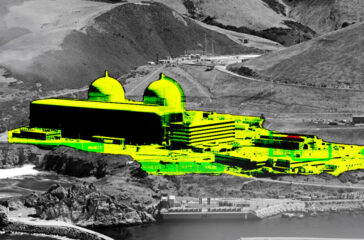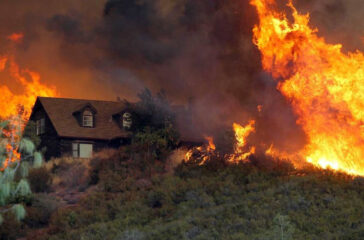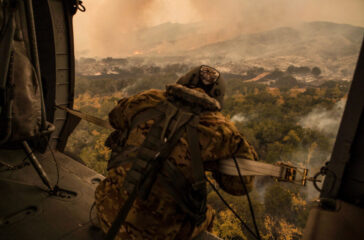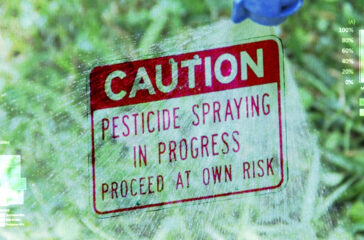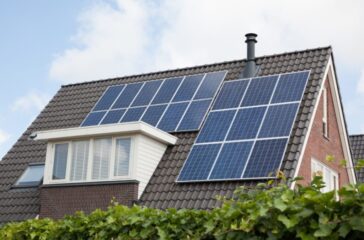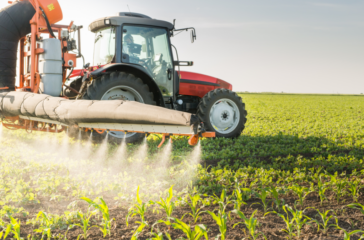Homeowners and home builders in California and other US states at risk from wildfires must work harder to create “fire-resistant” homes as wildfire seasons grow in length, frequency, and severity, according to a new report.
Drier and hotter conditions associated with climate change, along with poor forestry management practices and other factors, are allowing for a denser, more fire-prone landscape even as residential and commercial development continues to encroach on wilderness spaces. It all exacerbates the risks and costs caused by raging wildfires, such as the cluster burning this week through Trinity County, California.
Preparing for and mitigating the costly consequences of wildfires requires an approach that centers home ignition as the main problem, and not the wildfire itself, stated a recent report by Headwaters Economics and the Insurance Institute for Business and Home Safety.
“Increasing home loss and growing risks require reevaluating the wildfire crisis as a home-ignition problem and not a wildland fire problem,” the report states. “A home’s building materials, design, and nearby landscaping influence its survival. Together with the location, arrangement, and placement of nearby homes, constructing a wildfire-resistant home is critical in light of increasing wildfire risks.”
 EWG
EWG